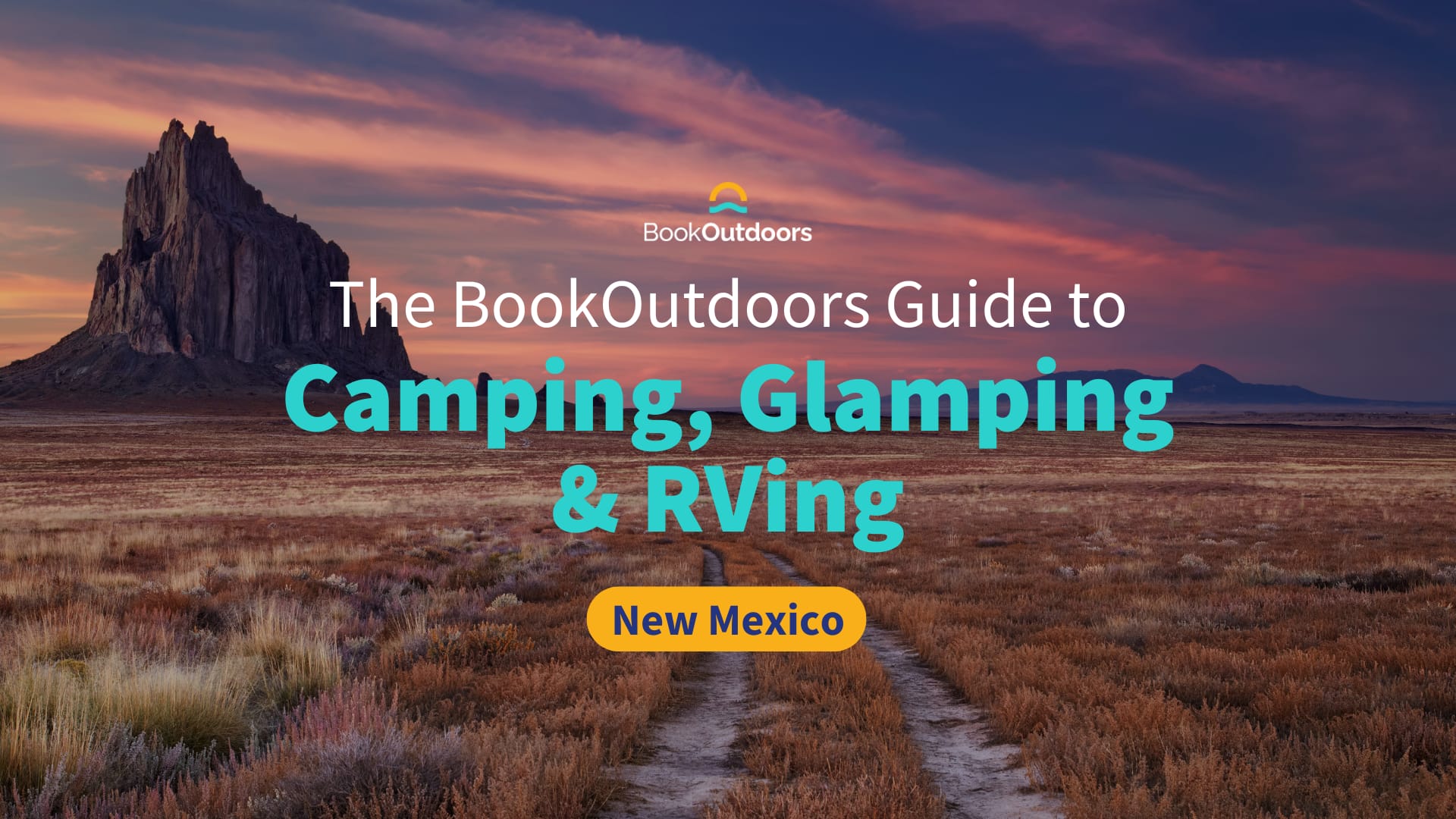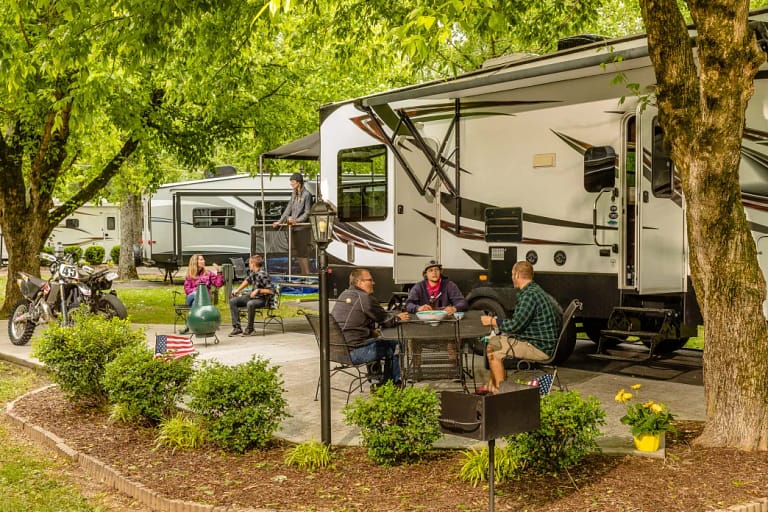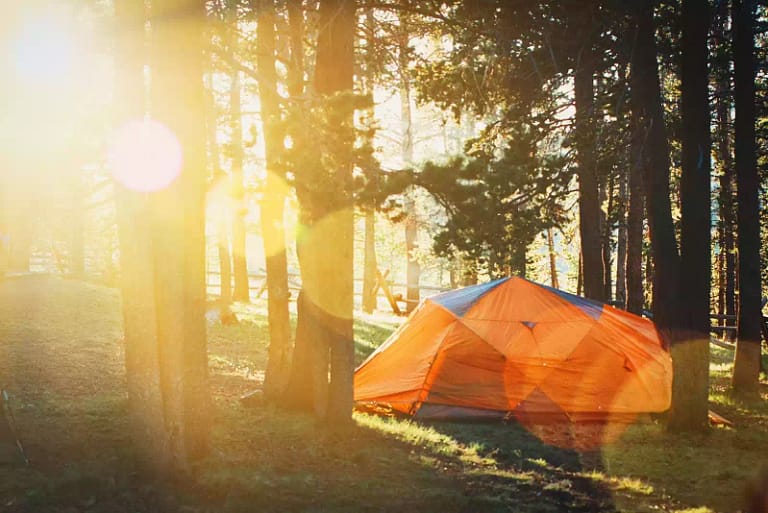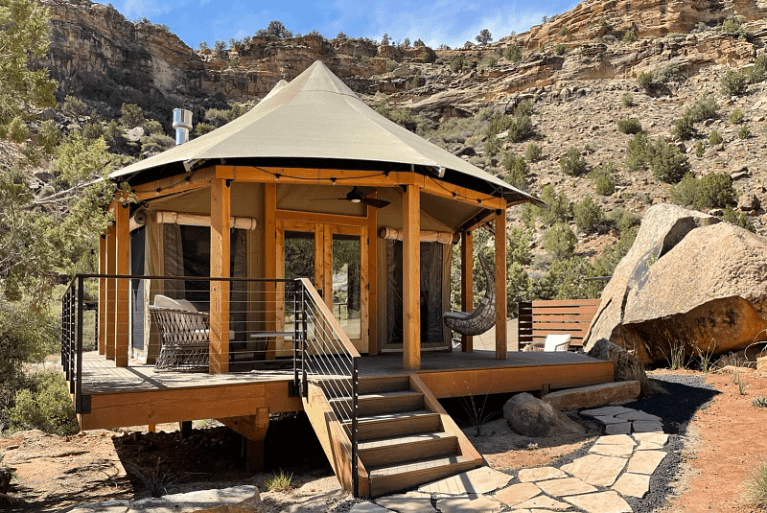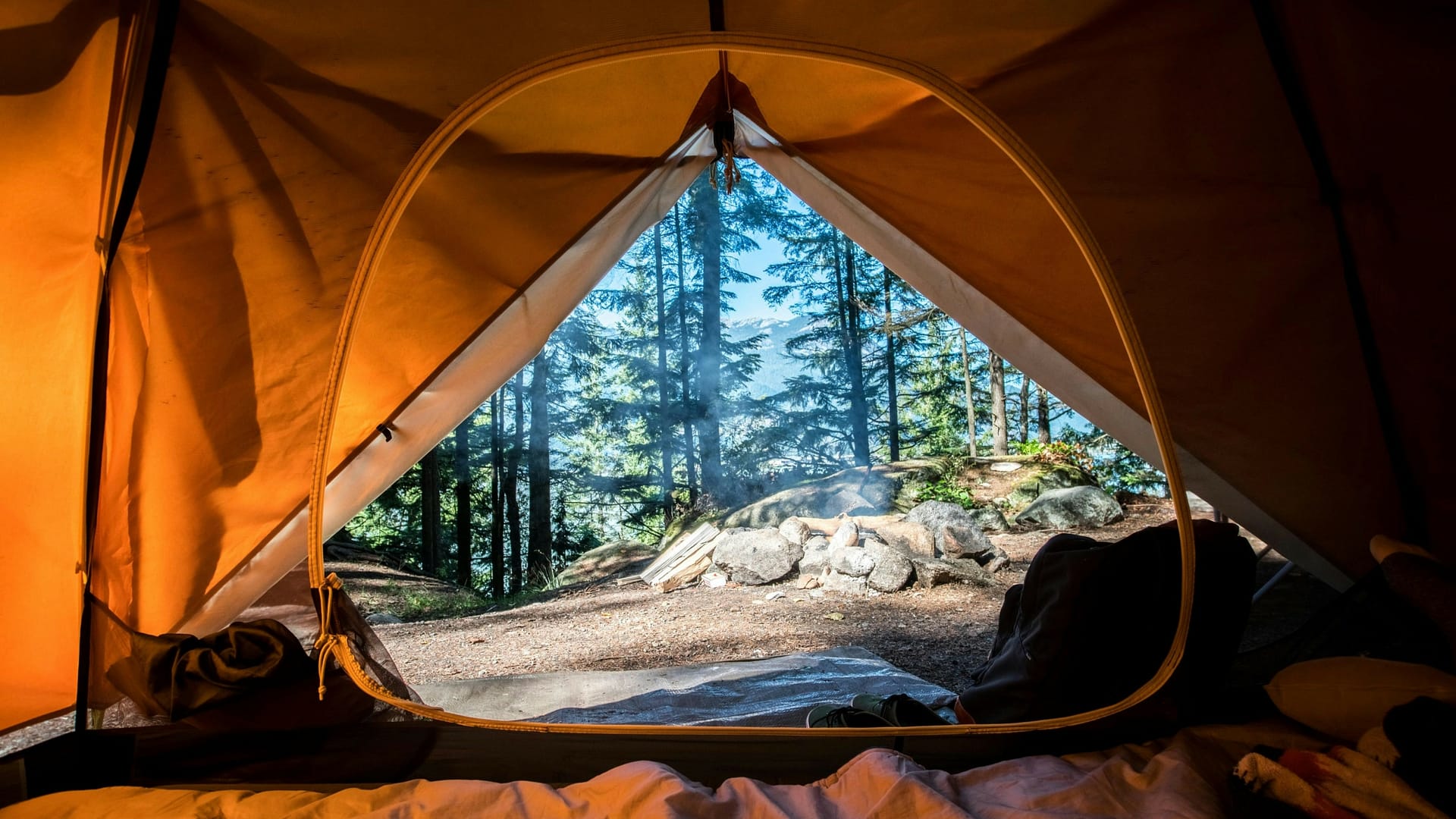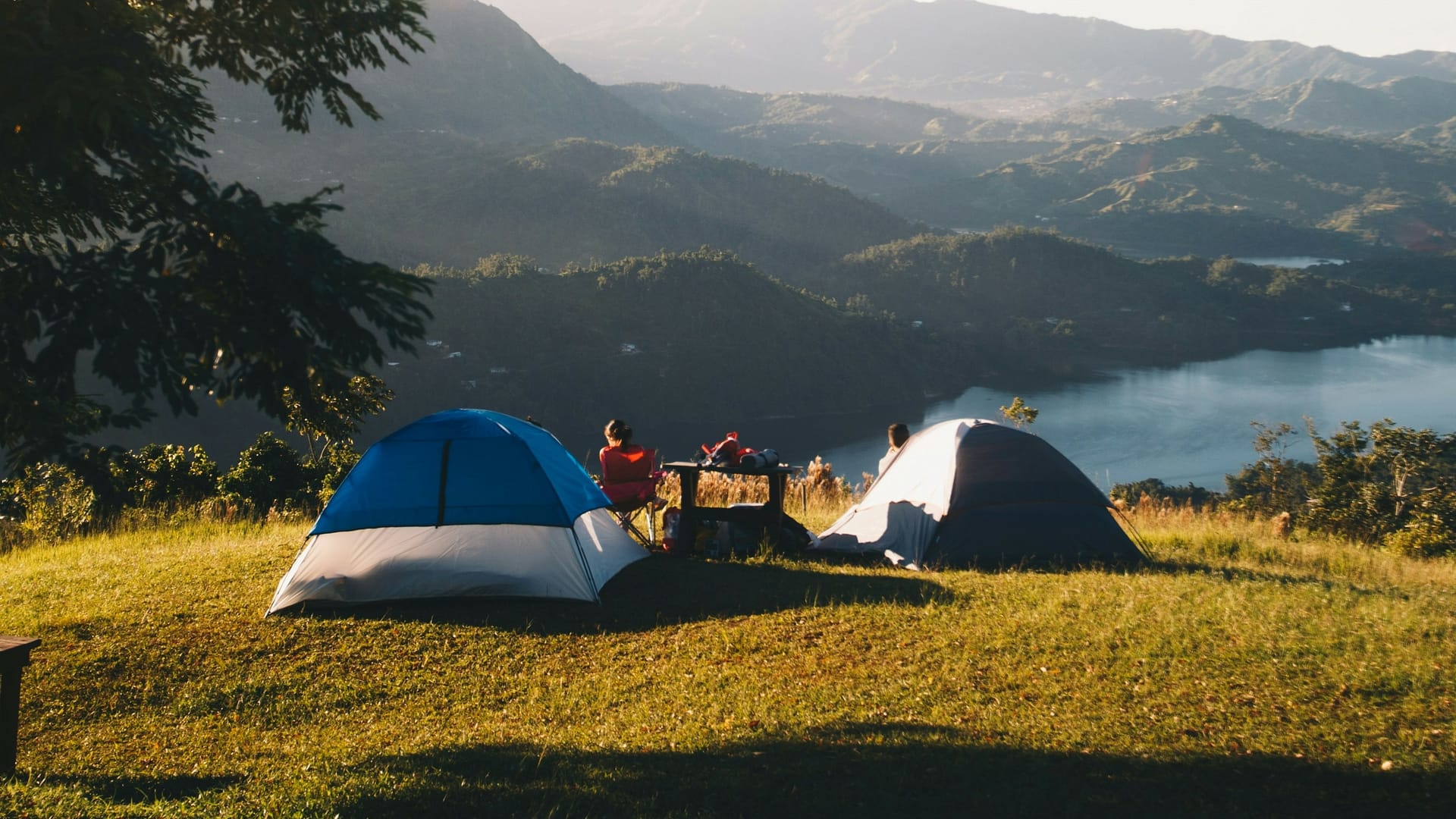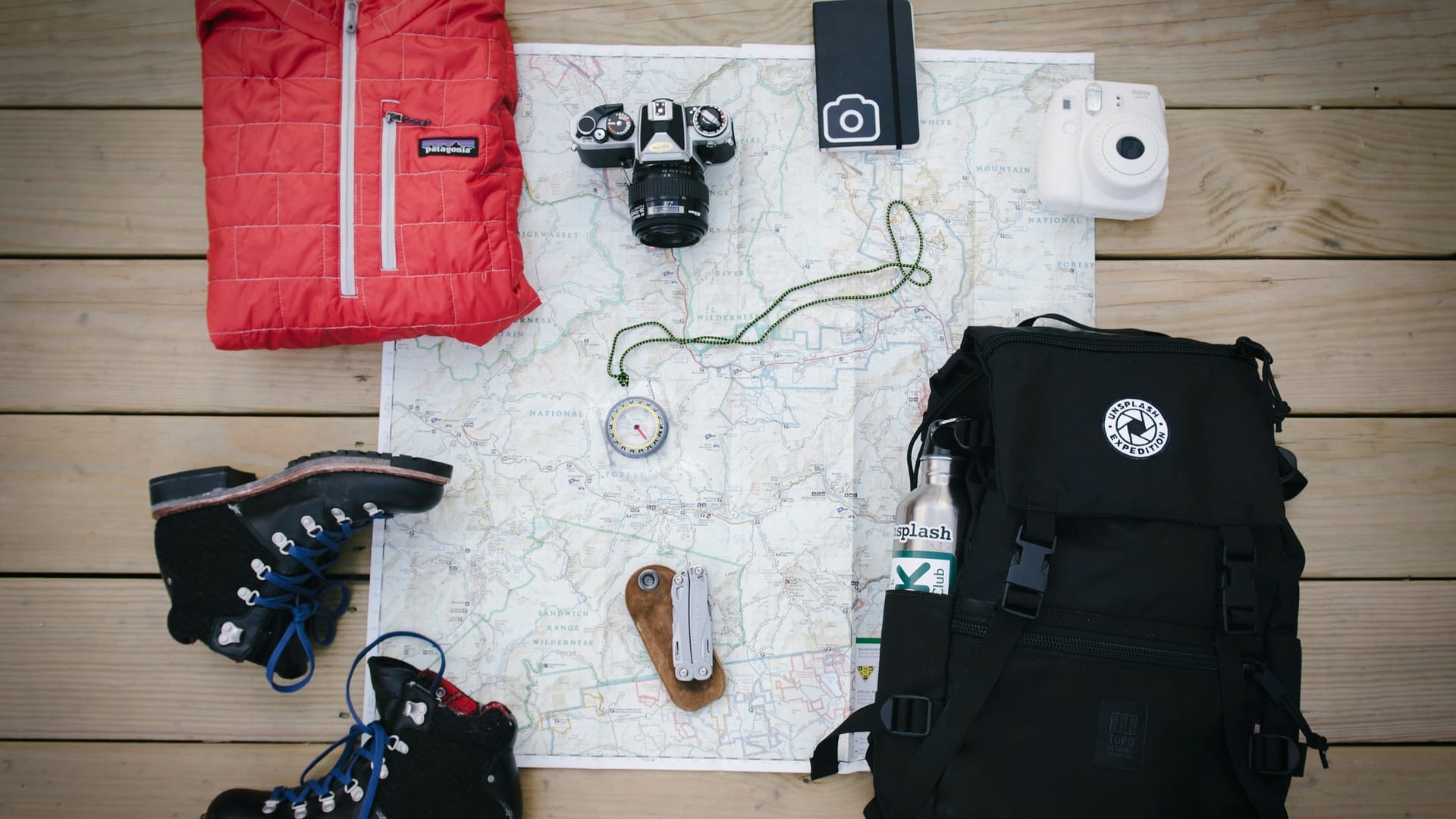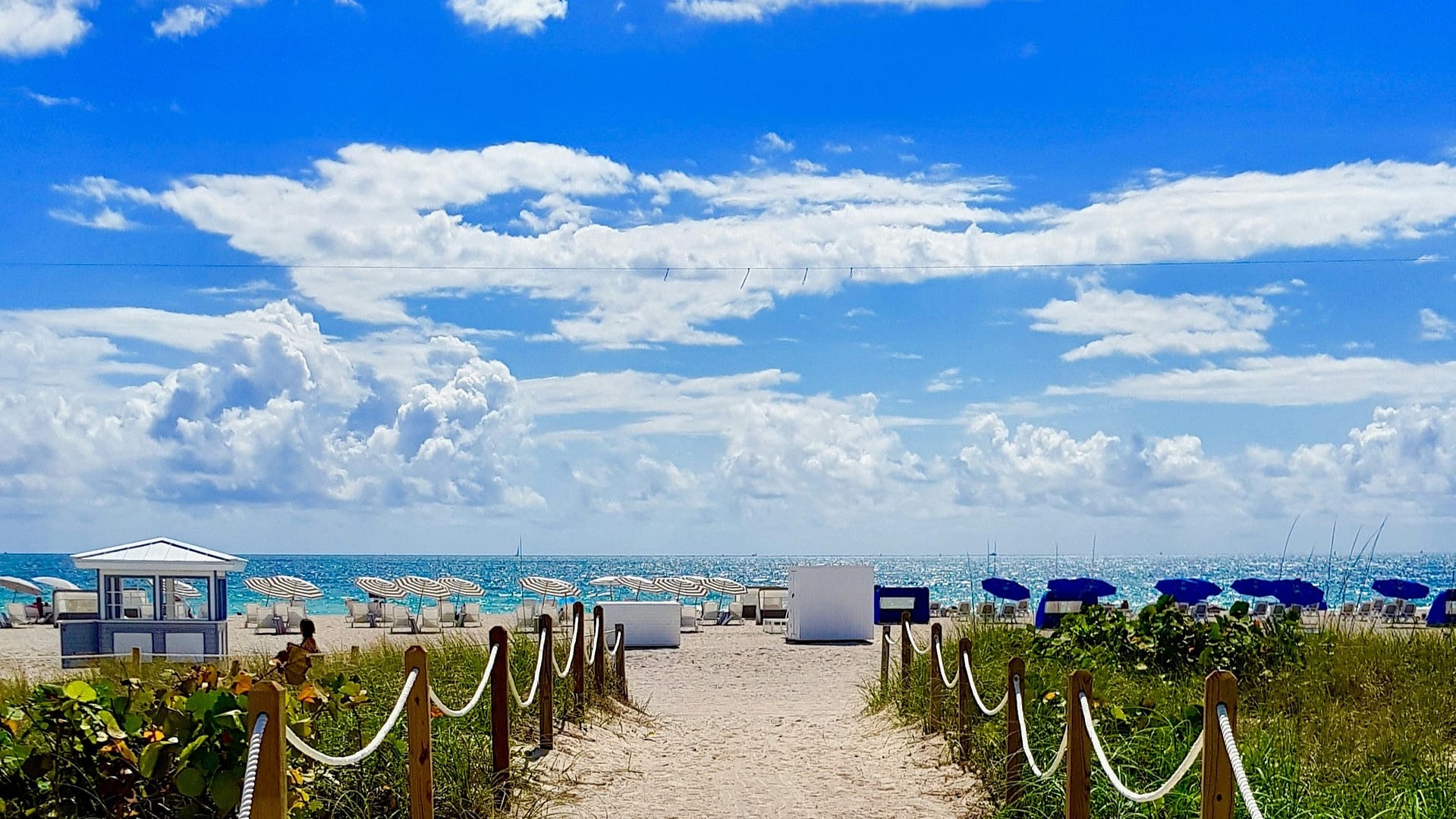New Mexico, the Land of Enchantment, is celebrated for its rich cultural heritage, blending First Nations, Hispanic and European influences into a unique sense of place. The state’s cuisine, art and architecture are all highly acclaimed, but don’t you think its diverse and unspoiled landscapes deserve some attention, too?
Sure, the adobe building over there is hundreds of years old, but do you know how many millennia it took to carve out that canyon? And yes, that art gallery looks lovely, but how about rafting down the Rio Grande for a good time? OK, it’s not a competition, and rock formations don’t really get their feelings hurt (as far as we know). But as fans of the Great Outdoors, we’re sending all our love to New Mexico’s natural treasures.
What treasures they are! We tend to picture New Mexico as mostly desert and mesas, with shimmering heat waves, cacti, and roadrunners. Yet, almost a third of New Mexico is covered with forest. Elsewhere are snow-capped mountains, pinyon and juniper woodlands, lush riparian habitats, and the westernmost reaches of the Great Plains. Campers might explore pueblos and petroglyphs, sand dunes and red-rock canyons, ponderosa pine forests and caches of dinosaur fossils. At night, you’ll sit out under some of the darkest skies in the United States. Don’t you think it’s time to go camping in New Mexico?
Tip: The first step in planning your camping trip should be browsing all the amazing campsites at BookOutdoors.
In this article:
ToggleWhere to Go Camping in New Mexico
New Mexico is a dream destination for camping, even if it’s a dream you never knew you had. It’s the fifth largest U.S. state with a population density among the very lowest, which translates to an abundance of land ideal for tent camping, RVing and glamping in New Mexico. Around one-third of New Mexico is federally owned, so public lands for camping are plentiful, along with a wide range of private campgrounds.
Popular Camping Destinations
The major hubs for camping in New Mexico include the Sangre de Cristo Mountains, which mark the southernmost end of the Rockies. The range includes Wheeler Peak, the highest mountain in the state at 13,161 feet and a popular place for camping and recreation. Nearby is the Taos Ski Valley area, which in summer is set up for hiking, mountain biking, and camping. The volcanic Jemez Mountains are another popular camping destination.
Just outside Albuquerque, the Sandia and Manzana mountains offer serene wilderness where you can camp amid pine and fir forests without traveling far from the city. The plains of eastern New Mexico offer campgrounds centered around lakes and rivers. Clayton Lake, Ute Lake and Conchas Lake are among the best places for camping and RVing in this New Mexico region.
National Parks
New Mexico has 15 National Park Service properties, including two magnificent national parks. Both are major tourist destinations with lodging options nearby, although not inside, the parks. These include tent camping, RVing and some glamping options.
Carlsbad Caverns National Park in southeastern New Mexico is notable as a UNESCO World Heritage Site and the most extensive subterranean cave system in the world. Reservations are required to enter the cavern, which is accessible on foot or by elevator, and guided tours are available. From late May to October, be sure to take in the Bat Flight Program. Look for campsites near the national park in and around White’s City or Carlsbad.
White Sands National Park, also in the southeast region of New Mexico, stars the world’s largest gypsum dune field. This unique desert environment offers hiking, scenic drives and sledding in a designated area. Bring a plastic snow saucer or sled – waxed for faster sliding – or buy one at the visitor center. Camping near White Sands National Park is available in the vicinity of Alamogordo and Las Cruces.
BLM and National Forest Lands
New Mexico has six national forests along with extensive BLM-managed public lands, all open for camping and recreation. These destinations mostly offer primitive and bare-bones camping experiences, but it’s definitely possible to find well-appointed private campgrounds nearby.
One notable destination in this category is the Valley of Fires National Recreation Area, managed by the BLM. The lumpy black rock represents the youngest lava flow in the continental United States. It’s only 5,000 years old – just a baby! Chihuahuan desert scenery surrounds the lava flow, and you can explore the two distinct terrains via nature trails. Also, consider camping in or near the Gila Wilderness, part of Gila National Forest and the world’s first wilderness area. It’s vast, mountainous and beautiful, with over 1,500 miles of trails.
New Mexico’s State Parks
New Mexico has 35 state parks, which make great camping and recreation destinations. Around half of the state parks in New Mexico are named for lakes. Take this as a not-so-subtle indication that you’ll find opportunities for boating, swimming and fishing there. Here are some of the most popular state parks for camping in New Mexico:
Bottomless Lakes State Park features eight unusual, greenish-blue cenotes where you can paddle a kayak or cape, fish, swim or scuba dive.
Clayton Lake State Park and Dinosaur Trackways boasts extensive dinosaur footprints as well as an observatory and reservoir.
Elephant Butte Lake State Park includes the state’s largest reservoir, and at one time, the largest man-made lake in the world. This means plenty of space to enjoy all kinds of recreation on and off the water.
Rockhound State Park in the Florida Mountains is an unusual site where visitors are welcome to collect and take home some of the abundant rocks and minerals there. Scout for geodes, jasper, perlite and quartz.
Mesilla Valley Bosque State Park is a prime bird-watching spot encompassing a riverside forest (bosque) along the Rio Grande. It’s open for day use only, but there are places to camp nearby.
Navajo Nation Lands
The Navajo Nation covers part of New Mexico in the Four Corners region. Camping and backcountry hiking are allowed, but only with a permit available through Navajo Nation Parks and Recreation. Hikers and campers are advised to fill up with gas, bring plenty of water and buy a good paper map as cell service is spotty. Also, read up on the nation’s rules and regulations for visitors.
Tent Camping in New Mexico
Tent camping in New Mexico is typically a serene experience emphasizing solitude and unspoiled scenery. Amenities are usually limited for tent campers, with most campgrounds on the rustic, bare-bones end of the camping spectrum. Do your research and be prepared to bring your own water if needed.
However, tent camping can also mean camping at a bustling resort-like property with a vibe ranging from family-friendly to romantic. You might be able to pitch your tent in a wooded grove while still staying within walking distance of a cute little town with cafes and coffee shops. Private campgrounds in New Mexico often have vast acreage where you can pick a spot to pitch your tent near a lake or trail. Spectacular, star-filled night skies are almost guaranteed.
Tent campers generally need to prepare for hot weather, cold weather, or both, all in one trip. Temperatures vary widely by region and elevation, so check the forecast and pack clothing you can layer. Mid-June through September is monsoon season in New Mexico. Tent campers should be especially aware of possible thunderstorms, flash floods and very high temperatures.
Check up-to-date fire regulations for your part of the state, as well as campground policies regarding camp stoves and campfires.
Glamping in New Mexico
Glamping in New Mexico has its own particular style, although there is plenty of variety across the resort and campground options to suit different versions of “glam.” The most common version of glamping in New Mexico features a furnished yurt in a serene natural setting. It might be in a forest, a mile or two’s hike from the nearest road, or overlooking a river on a private ranch, or on the outskirts of a small, rural town.
The average yurt, safari tent or cabin has real furniture – beds with real mattresses, somewhere to dine indoors or out, and a private bathroom. You might get a full kitchen. The decor is probably rustic with a hint of boho hippie charm. Some are totally off the grid and warmed by a wood stove, while others billed as “eco-resorts” have solar-powered appliances.
Fancier versions of glamping in New Mexico might feature fire pits, hammocks and a natural hot spring. Consider all-inclusive glamping packages that come with meals and guided activities like fishing, archery and horseback riding – think nostalgic all-American summer camp for all ages. The availability of glamping spots varies by season.
RVing in New Mexico
RV camping or RVing in New Mexico is a varied experience depending on your choice of campsite. The more basic RV sites often have no hookups or partial hookups, a limited range of amenities, and often vehicle size restrictions. However, full hookup RV sites for all vehicle sizes are also widely available across New Mexico at private campgrounds and resorts. These properties tend to offer plentiful amenities, including dump stations, laundry facilities and recreation at your doorstep.
New Mexico’s wide-open landscape means private RV resorts are rarely short on space. RV campgrounds with a handful of spots emphasize quiet and serenity under the stars, letting you set up camp away from others. Even those with hundreds of sites don’t feel cramped under New Mexico’s famously big skies. Some of the bigger RV resorts have a family vibe, while others cater mostly to the more mature camping crowd.
Note that RV camping in New Mexico is usually a summertime-only pursuit at higher elevations.
What to Bring for Camping in New Mexico
It’s not too difficult to adapt your standard packing lists for a camping trip in New Mexico. Climate is a key factor, especially for tent campers, as temperatures vary dramatically by region, elevation and season. Much of New Mexico experiences below-freezing temperatures in winter – don’t let this take you by surprise. Only pursue winter camping in New Mexico at high elevations if you have sufficient experience and appropriate gear. A sleeping bag liner and a hot water bottle are handy whenever temperatures drop after dark.
Sun protection – sunscreen, a hat, sunglasses, and possibly a pop-up canopy for your campsite – is always important. Don’t underestimate the power of the sun in New Mexico, even if temperatures are on the cooler side. Likewise, bring water bottles and be sure to keep them full. If your campground doesn’t have drinking water, which is not uncommon in New Mexico’s wilderness areas, then prepare to carry a full supply of drinking water.
In most of New Mexico, for most of the year, you will want to dress in layers and bring clothing options to suit both hot and cold temperatures. It’s usually smart to bring a rain jacket, too. Footwear needs to be sturdy to handle rugged ground. Bring a swimsuit if your campground has a pool or hot tub, or you’re going to a river or lake.
Some high-elevation regions of New Mexico require bear-proof containers for storing food and other scented items. Tent campers should find out if bear lockers are provided by the campground or if you need to bring your own canisters.
If you’re booking a spot for glamping in New Mexico, pay close attention to what is and is not provided by the property. Most provide bedding and towels, but it’s a good idea to check before packing. Find out whether you have a refrigerator or should bring a cooler, and what kind of kitchen equipment is available, if any. You’ll probably want to know the WiFi situation, too. Maybe think about adding a hotspot to that packing list.
Things to Do While Camping in New Mexico
A lot of states are great for outdoor activities like hiking, mountain biking, stargazing, boating, fishing and photography. But few do it as well, nor in such spectacular fashion, as New Mexico.
Hiking
New Mexico’s national and state parks, national forests and BLM lands are all excellent hiking destinations, with dramatic variety in terrain. There are also many private campgrounds on expansive ranch properties that include their own trail networks, allowing you to camp and hike in the same places.
Just a few of the state’s top, most unique trails include the Crater Rim Trail at Capulin Volcano National Monument, which boasts views of four different states; and the trail to Junction Cave, a subterranean lava tube at El Malpais National Monument. The short Catwalk National Recreation Trail in the Gila National Forest offers views of the Whitewater Canyon from above.
Biking
There are so many beautiful places for mountain and street biking in New Mexico. In summer, Taos Ski Valley is one of the best places for mountain biking in New Mexico. It operates the seasonal Taos Bike Park with lift-served downhill mountain biking trails.
White Sands National Park has a hard-packed gypsum sand road where bikes are allowed. Dunes Drive is a round-trip of 16 miles, but you can just cycle a section and still get to take in the park’s unusual scenery. Blue Water Lake, Cimarron Canyon and El Vado Lake are just a few New Mexico state parks where biking is popular. Remember to bring plenty of water on any bike ride.
Photography
Virtually all of New Mexico is prime for photography, with gorgeous scenery all around and photogenic cities and towns as well. The state’s famously clear skies can present beautiful lighting conditions, but could come with a learning curve for newer photographers.
Wildlife photographers should be on the lookout for bighorn sheep, elk, pronghorn, black bears and the state bird, the roadrunner. Night sky photography is also an excellent niche to explore in New Mexico, which has remarkably dark skies.
Boating and Fishing
New Mexico is a top destination for river rafting, with white-water and gentle floating excursions both among the options. The tiny town of Pilar, between Santa Fe and Taos Pueblo, is a hub for rafting on the Rio Grande. Coyote Creek State Park is very popular for trout fishing.
Most of New Mexico’s state parks have water features, with many set around lakes or reservoirs where boating, fishing, swimming and other water sports are the main focus. Some destinations only allow non-motorized watercraft, so check the options before you book a campsite nearby.
Ready to go Camping in New Mexico?
We have a hunch that you’d love to go camping in the Land of Enchantment. Sounds amazing, right?
After you narrow down your ideal region and season for camping, RVing or glamping in New Mexico, head over to BookOutdoors to browse and book a campsite that suits all your desires.
FAQ Section
When is the best time to go camping in New Mexico
New Mexico’s variable climate means camping at high elevations is a summer-only adventure for most. In general, spring and fall are ideal for camping at lower elevations. At lower elevations, the climate is typically semi-arid, dry and temperate. Temperatures can sear over 100 degrees F in summer, and monsoon season can present hazardous lightning storms.
Can you camp in New Mexico’s national parks?
No, with the exception of overnight backpacking with a permit, the rules for which vary. There are no developed campgrounds inside either national park, but there are options for public and private campgrounds nearby.

